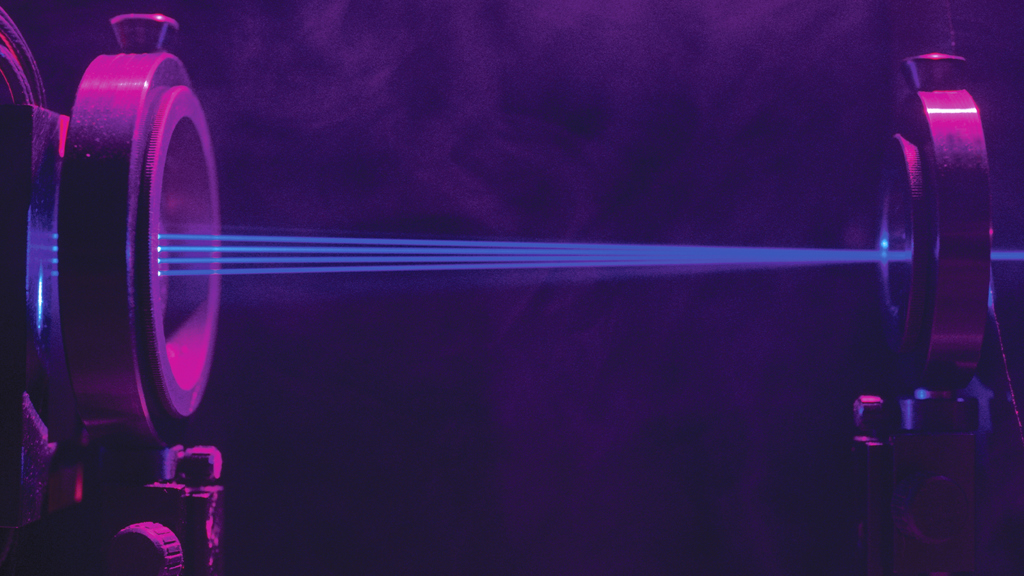
Applications of Lasers for Sensing and Free Space Communications (LS&C)
This conference presents the latest developments in laser-based sensing and free-space laser communication. Sophisticated laser systems are increasingly being used in a wide variety of applications, including:
- Remote Imaging
- Object Characterization
- Sensing for Autonomous Vehicles
- Probing of the Atmosphere
- Free Space Optical (FSO) Communications for Terrestrial and (Deep) Space Applications
These application domains span ground, air, water and space, which forces a range of laser system implementations to meet specific challenges.
Efficient laser and sensor systems, pointing and tracking, communication protocols and mitigation of distortions from random media are all incorporated in FSO communications in the atmosphere, underwater and in (deep) space to enable high-speed and high data-rate communications over long distances.
Advances in waveform-agile lasers, detector schemes, beam steering, mitigation of atmospheric effects and advances in image and signal processing (to include applied AI/ML techniques) for information extraction are all significant technological areas with unique challenges.
Direct detection measurements can produce 3D point clouds and incorporate sophisticated detector technologies such as Geiger-mode avalanche photodiodes. They also enable novel sensing modes, such as laser-based non-line-of-sight and ghost imaging.
Coherent detection systems enable time varying phase measurements for use in vibration detection and also enable estimation of the wave field for use in synthetic aperture imaging. As system operators demand increased system performance, the overall system requirements continue to demand increased component performance to implement these systems.
This meeting reports on the multiple applications of lasers in sensing and FSO communications, the sophisticated systems that operate in these applications, the enabling components and the processing techniques.
1. Component Technologies for Sensing and Communications
1.1. Lasers
1.2. Receivers
1.3. Wavefront control
2. Remote Sensing
2.1. Non-imaging
2.1.1. Vibrometry (Doppler, Micro-Doppler)
2.1.2. Atmospheric sensing (wind, aerosols, and other chemical/biological sensing)
2.2. Imaging
2.2.1. Hardware (LiDAR, time of flight & single photon cameras)
2.2.2. Processing and exploitation of 3D data
2.2.3. OAM beams, fractal beams
2.3. Applications
2.3.1. Mapping (terrain and object)
2.3.2. LiDAR for autonomous applications
3. Free Space Optical Communications
3.1. Space (all domains)
3.2. Atmospheric
3.3. Underwater
4. Quantum Methods for Sensing & Communication
